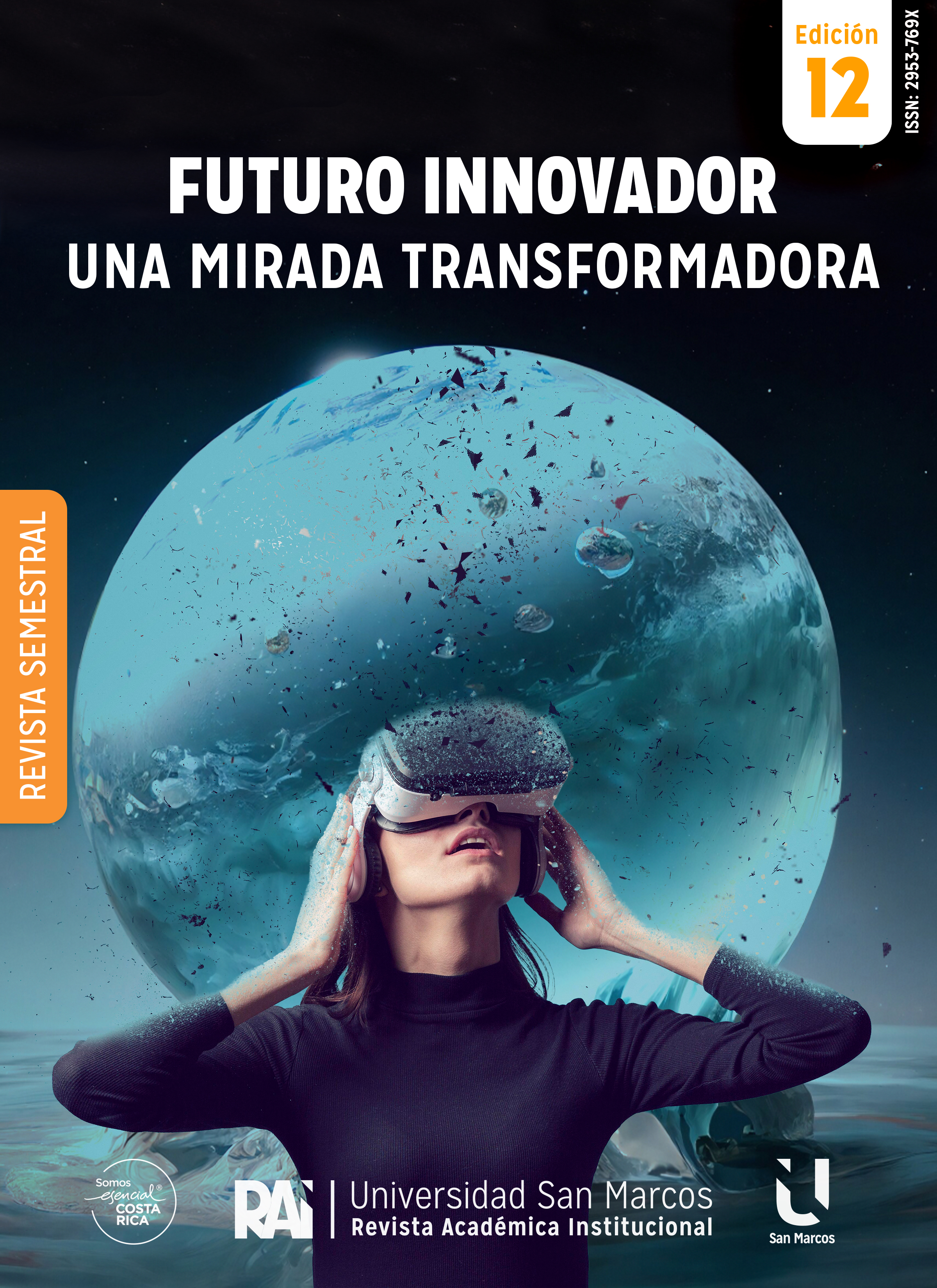ORIENTATIONS IN INNOVATION AND CREATIVITY
DOI:
https://doi.org/10.64183/m8c8yz42Keywords:
Innovation, Value, Competitiveness, Sustainable, Agenda 2030Abstract
We can say that innovation is any change that is based on knowledge and that generates value for the company. Currently, the future of organizations is determined by their ability to adapt to change, and by their creativity in creating products, services or processes that adapt to the emerging needs of the market and stand out from the competition through innovation, by means of a clear and defined business strategy of research and development (R&D). Drucker 2011, argues that the economic importance is fundamental for innovation in the context of the organization, since innovation, in fact, is the process that can create a resource and wealth, which allows finding a use for something that will receive an economic value. According to Harvey, (n.d.), the role of innovation and creativity as an essential element for the creation of a competitive, lasting and sustainable advantage is evidenced in the 17 Sustainable Development Goals (SDGs) formulated by the United Nations in 2015, these goals that aim at greater well-being, poverty reduction, protecting the planet from the strong impact of climate change by 2030, highlight innovation in Goal No. 9 as one of the fundamental factors of change necessary transformation.
Downloads
References
Castillo, Á. G. (2004). Creatividad, Calidad e Innovación. Revista Ícono 14, 7. De Bono, E. (2003). O momento atual pede inovação. HSM
Management. De La Torre, S. (1997). Innovación educativa. Madrid: Dykinson.
Drucker, P. F. (2011). The frontiers of management: where tomorrow’s decisions are being shaped today. New York: Routlrdge.
Emprechtinger, F. (19 de 07 de 2019). Lead Innovation Management. Obtenido de https://www.lead-innovation.com/es/blog/identificaci%C3%B3n-del-potencial-de-innovaci%C3%B3n
Findlay, C. S. (1988). The creative mind: Toward an evolutionary theory of Discovery and innovation. Journal of Social and Biological Structures.
Gardner, H. (2005). Inteligencias múltiples. Revista de Psicología y Educación, vol.1, No. 1., 17-26. Harvey, S. M. ((s.f.)). ¿Qué es innovación?
Kilian, A. P. (2015). ADOPCIÓN DE MÉTODOS, TÉCNICAS Y HERRAMIENTAS PARA LA INNOVACIÓN: FRAMEWORK EN FUNCIÓN
DE CASOS REALES. Tesis. Barcelona, España.
PNUD. (2015). Objetivos de Desarrollo Sostenible. Obtenido de https://www.undp.org/content/undp/es/home/sustainable-development-goals.html
Porter, M. (1991). Competitive Advantage, Creating and sustaining superior Performance. New York: Macmillan Inc.
Solano, G. (2008). Empresa Sapiens. Bogotá: Universidad Manuela Beltrán.
Downloads
Published
Issue
Section
License
Copyright (c) 2025 Revista Académica Institucional

This work is licensed under a Creative Commons Attribution-NonCommercial-NoDerivatives 4.0 International License.










